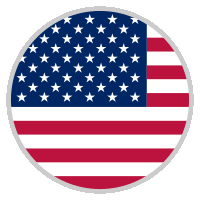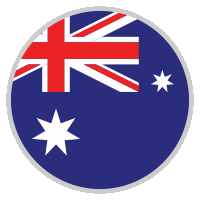Catalog No.
Product Name
Application
Product Information
Product Citation
- Rimonabant is a selective antagonist of CB1 with IC50 of 13.6 nM and EC50 of 17.3 nM in hCB1 transfected HEK 293 membrane.
-
CB1 receptor inverse agonist
Rimonabant hydrochloride is a CB1 receptor inverse agonist. -
CB1 receptor inverse agonist
Taranabant is a highly potent and selective cannabinoid 1 (CB1) receptor inverse agonist that inhibits the binding and functional activity of various agonists, with a binding Ki of 0.13 nM for the human CB1R in vitro. -
CB receptor agonist
WIN 55,212-2 is a potent cannabinoid receptor agonist that has been found to be a potent analgesic in a rat model of neuropathic pain. It activates p42 and p44 MAP kinase via receptor-mediated signaling.- Greish K, .et al. , J Control Release, 2018, Dec 10;291:184-195 PMID: 30367922
-
CB1 antagonist
CP 945598 is a potent and highly selective CB1 antagonist. -
CB2 inverse agonist
SR 144528 is a selective peripheral cannabinoid receptor inverse agonist that displays a Ki value of 0.6 nM for rat spleen and human recombinant CB2 receptors and a Ki value of 400 nM for rat brain and human recombinant CB1 receptors.- Ming Tang, .et al. , Cell Death Dis, 2018, Jun; 9(6): 601 PMID: 29789558
-
CB1 receptor antagonist
AM251 is a potent CB1 receptor antagonist (IC50 = 8 nM, Ki = 7.49 nM) that displays 306-fold selectivity over CB2 receptors. -
CB2 receptor agonist
Tedalinab (GRC-10693) is a drug developed for the treatment of osteoarthritis and neuropathic pain, which acts as a potent and selective cannabinoid CB2 receptor agonist. It has a very high selectivity of 4700x for CB2 over the related CB1 receptor, has good oral bioavailability and has shown promising safety results and effective analgesic and antiinflammatory actions in early clinical trials. -
CB1/CB2 receptor agonist
Bay 59-3074 is a novel, selective CB1/CB2 receptor partial agonist with Ki values of 48.3 and 45.5 nM at human CB1 and CB2 receptors respectively . -
CB1 antagonist
CB1 antagonist 2 is caimabinoid 1 (CB1) antagonist extracted from patent WO2016184310A1, compound 3, inhibits CB1 in vivo with an IC50 of 25.5 nM. -
CB1 agonist
Leelamine hydrochloride is a tricyclic diterpene molecule that is extracted from the bark of pine trees. Leelamine hydrochloride is a cannabinoid receptor type 1 (CB1) agonist and a inhibitor of SREBP1-regulated fatty acid/lipid synthesis in prostate cancer cells that is not affected by androgen receptor status. -
CB-1 receptor antagonist
(±)-Ibipinabant ((±)-SLV319) is the racemate of SLV319. (±)-Ibipinabant ((±)-SLV319) is a potent and selective cannabinoid-1 (CB-1) receptor antagonist with an IC50 of 22 nM. -
CB1 antagonist/inverse agonist
Taranabant racemate is an antagonist and/or inverse agonist of the Cannabinoid-1 (CB1) receptor extracted from patent WO 2004048317 A1. -
CB1 receptor inverse agonist
Taranabant (1R,2R)stereoisomer is the R-enantiomer of Taranabant. Taranabant is a highly potent and selective cannabinoid 1 (CB1) receptor inverse agonist. -
immune modulator
Anandamide is an immune modulator in the central nervous system acts via not only cannabinoid receptors (CB1 and CB2) but also other targets (e.g., GPR18/GPR55).








